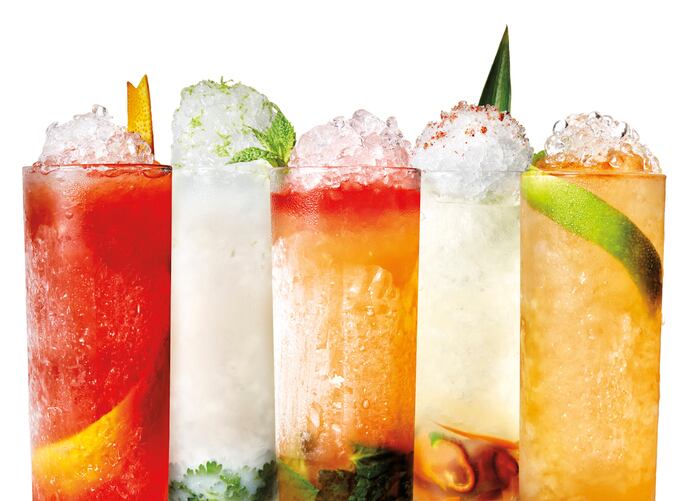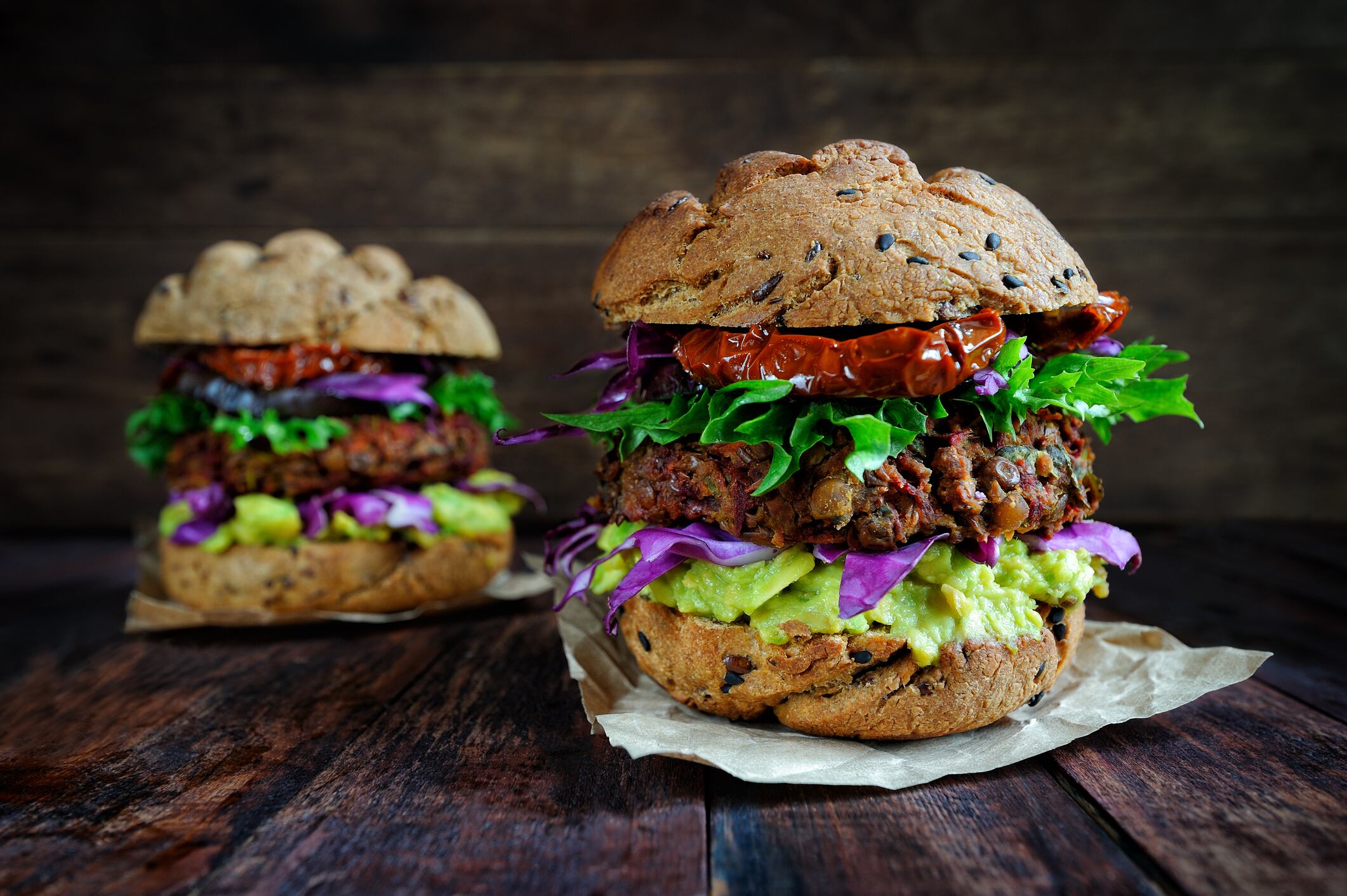Research carried out by flavour and fragrance company Givaudan across 6,000 European consumers shows that 60% of alcohol drinkers in Europe are reducing their consumption.
The key drivers behind this ‘mindful drinking’ trend include improving general wellbeing (38%) saving money (33%) and improving physical fitness (31%).
Consumers seek out low/no alcohol products across three key occasions: low-key moments of the day (often at home, like reading outdoors or taking a bath); moments of casual conversation (such as over food, like a dinner party); and upbeat times shared with others (a night out with friends).
And yet despite this demand and the size of the opportunity, only a third of respondents in the survey said they were satisfied with current products on the market, suggesting greater innovation in the space is desperately needed. Specific issues were found with the taste of products (35% identified this as an area for improvement) and lack of depth (29%), while 24% of respondents said products weren’t easily available.
Meet the occasion
The most important thing to bear in mind when seeking to improve products is not to expect a one-size-fits-all answer, warns Igor Parshin, Givaudan’s Regional Category Manager for Beverages.
The company’s survey makes it evident the category is catering for a wide range of consumers, desires and occasions - so it follows that innovations should be targeted towards sub-groups accordingly.
Types of consumer and drinking occasion
Givaudan's research groups mindful drinkers into 5 categories with different attitudes towards moderation:
- ‘wellness warriors’ (seeking good health)
- ‘balanced hedonists’ (seeking fun)
- ‘self-control strivers’ (seeking control)
- 'cautious conformer' (seeking value and belonging)
- 'pragmatic moderates' (avoiding alcohol)
“It very much depends upon the consumer profile and the occasion, with a different focus in terms of ingredients, value, and taste directions required for each," he told us.
"What is clear is that one size doesn’t fit all consumers or occasions, and this creates great opportunities for drinks manufacturers to develop alternatives that are targeted at special moments or specific consumer profiles.
“For example, top notes such as citrus create zingy excitement, berry notes are associated with fun, sociability and indulgence and elements such as hops and botanical extracts can add complexity, sophistication and authenticity to the taste.
"Mouthfeel and visual appeal are also important and creating the right look and drinking experience is key to creating a more satisfying and mindful moment for consumers."
Innovations also need to go beyond the liquid itself, he continues.
“This is also quite a new category, and our research has also shown that creating the right experience and ritual is important for each drink and moment.
"We look at whether products are more suitable for home consumption or a bar or restaurant as well as serving suggestions for consumers and what to mix with a drink, to create different experiences.
"This is another key contributor to the overall experience of the drink and its ultimate success.”
Listen to what consumers want
Over in the beer category, Theo Wijsman, Product Application Expert Beverage, DSM Food Specialties agrees that it’s about focusing in on specific needs and desires of consumers.
With beer, the main health and wellness concern focuses on the effect beer consumption has on the waistline.
Another consumer trend within the no and low beer category he suggests brands tap into is the popularity of low and free-from gluten beers – according to its research, just over half of beer drinkers worldwide said they found a gluten-free claim appealing.
In response, DSM has been looking at how to formulate good tasting alcohol-free beers without gluten – specific protease enzymes can be used to help break down gluten chains in beers made with grains such as wheat, rye and barley. “The enzyme has no impact on the beer taste, foam or quality, enabling brewers to create gluten-free products without compromising on consumer experience.”
He also identifies the ideas of sustainable low and no calorie consumers as those gaining traction with consumers, particularly those that use locally available raw materials. “Using adjunct brewing solutions like Brewers Compass can provide the enzymes that are usually developed by malting barley and are needed to complement the enzymes naturally present in the crop. This reduces the need for imported malt and enables the use of a wide variety of locally available raw materials, supporting the local circular economy while also reducing costs and enabling greater flexibility in recipe formulation.”
What will tomorrow's consumer be looking for?
Health and wellness will continue to drive the category over the next two years, predicts Parshin of Givaudan, while the concepts of creativity and experience will become more important.
“Consumers are increasingly seeking delicious drinks that do good for mind and body; 38% of consumers questioned in our research report choosing lo- and no-alcohol options to help improve their health and well-being.
"This was the top answer in response to this question and we believe this will continue to be one of the main drivers behind consumers choosing low- and no- options in years ahead.
Low- and no-alcohol beer represents the biggest opportunity in low- and no-alcohol drinks (5% of the total beer market in 2020). In 2020 it is estimated at a total value of €5.7bn ($6.63bn) in Western Europe and is forecasted to grow to €8.1bn ($9.42bn) by 2025.
However, other emerging categories including low- and no-alcohol spirits, liqueurs, and aperitifs are catching up.
“With 30% of consumers saying they have been attempting to get more creative in the kitchen over the last 18 months a key trend is consumers looking to mix their own drinks at home.
"Home cocktails have become very popular, and consumers are looking for the option to mix drinks with new flavour combinations, giving them more control over the ingredients and an activity to focus on.
"This trend toward wanting to create a unique and enjoyable drink at home will be a key factor in shaping the products that are created in future.
“Finally, getting the right experience, taste and format to complement life’s important moments – whether that is relaxing in the evening after work, or going out to a party, or a moment of connection with friends and family – is a big factor in consumer choice. As our research shows, each occasion calls for a different blend of tastes. As the way we socialise and choose to relax continues to evolve, new drinks will be created to complement these.”
Wijsman of DSM says consumers will pay more attention to ingredients as time goes along – the company's research shows 40% of consumers want to pay more attention to beer ingredients.
“Alongside this, ready-to-drink products that feature better-for-you claims are expected to accelerate in popularity, as consumers embrace ‘transformative’ beverages with new, exciting tastes. Hard seltzers, for example, which are low in calories and alcohol compared to spirits, provide an appealing option for today’s ‘sober curious’ consumers and have seen a wave of new product launches.”


